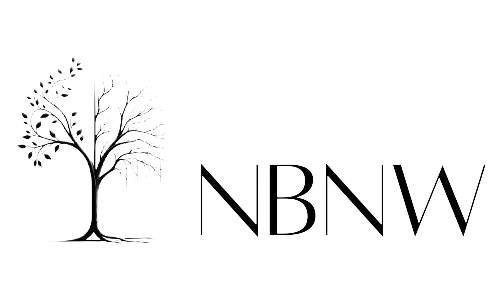

By Nabab - Apr 26, 2024
AI can forge art so perfectly, it could pull off the ultimate heist. Imagine stolen masterpieces that never leave the museum walls, replaced with flawless AI replicas. The art world scrambles for ways to stop this digital art theft before it's too late.

LATEST
AI is getting scarily good at replicating art. We're talking about algorithms that can devour centuries' worth of paintings, learn an artist's style down to the finest detail, and then generate near-perfect forgeries. Imagine a Vincent van Gogh sunflower field so lifelike you can practically smell the Provence sun, or a Monet water lily painting that shimmers with the same ethereal beauty as the original. These aren't cheap imitations; these are AI-powered masterpieces, indistinguishable from the real deal to the untrained eye.
So, how does this translate into the world of art heists? Well, a team of clever criminals could use AI to create a flawless replica of a priceless masterpiece. They'd then swap the real painting for the fake, leaving the museum none the wiser. The stolen masterpiece could then be smuggled out of the country, sold on the black market for millions, and all the while, the museum would be blissfully unaware, displaying a flawless forgery to unsuspecting tourists.
Now, before you start picturing museums turning into high-tech Fort Knoxes, here's the good news: the art world is aware of this potential threat. Museums and art experts are working with scientists and tech developers to create authentication methods that can sniff out these AI-generated forgeries. We're talking about advanced scans that analyze brushstrokes, pigments, and even the microscopic imperfections that occur naturally over time.
But the truth is, AI is a constantly evolving beast. Just as AI gets better at creating forgeries, the methods for detecting them will also need to improve. It's an ongoing arms race, a battle between artistic ingenuity and technological trickery.
AI-powered art theft is a real possibility, but it's not an insurmountable one. The art world is adapting, and with vigilance and collaboration, we can protect these cultural treasures. However, this story also raises a fascinating question: if an AI-generated replica is virtually indistinguishable from the original, does it hold any value itself? Is it art, or simply a sophisticated copy? These are questions that the art world will have to grapple with as AI continues to reshape our creative landscape.
So, the next time you stand mesmerized before a masterpiece, take a moment to appreciate its beauty. But also remember, in the age of AI, even the most priceless works of art might not be what they seem. The Mona Lisa's smile might hold a secret, one yet to be unraveled in this unfolding story of art, technology, and the ever-blurring lines between real and fake.